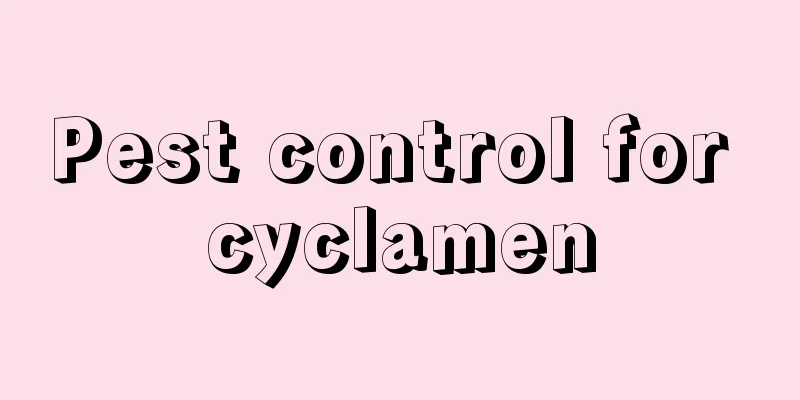How to grow round-leaf arrowroot

1. Maintenance methods1. Temperature: It is a tropical plant. Most tropical plants are not cold-resistant, and it is no exception. The most suitable breeding temperature is between 15 and 25 degrees. If the temperature exceeds 28 degrees, it needs to be moved to a cool place for maintenance, and spray water around it to cool it down. The temperature in winter is too low and it is not suitable for outdoor maintenance, so it needs to be moved to a greenhouse for maintenance. 2. Watering: It likes moisture, and the soil must be kept moist for a long time. During the growing season, it needs water every day. In addition, the air around it should be sprayed with water frequently to maintain the humidity. During the non-growing season, it can be extended to once every three days. 3. Fertilization: During the growing period, fertilizer is needed once a month, and the fertilizer types should mainly be those with mild fertilizer effects, such as human urine, fermented manure, etc. After autumn, gradually reduce the number of fertilization times, and after winter, stop fertilizing to avoid fertilizer damage. 4. Light: It is not resistant to strong light and prefers a semi-shaded growing environment. If it is placed under direct strong light, the branches and leaves are prone to burns. Therefore, shade measures should be taken when cultivating it in summer. When growing it indoors, it is best to place it in a place where it can receive scattered light. 2. Breeding techniques1. Reproduction: The method of propagating round-leaf arrowroot can be used by division. The best time to divide the plants is in spring, when the temperature and humidity are suitable. Cut the stems with leaf buds and plant them in new soil. Cover the soil with a layer of film to maintain temperature and humidity. The roots will grow in about two weeks. 2. Pruning: Generally, it does not require pruning. The necessary situation is when the plant becomes diseased, such as yellowing and rotting of leaves. At this time, the leaves need to be cut off from the base, because its growing point is in the soil, and pruning from the base will not cause damage to it. 3. Problem Diagnosis1. Pests: It is more susceptible to scale insects. If unfortunately infected, the pests need to be eliminated during the insect stage. Because the worms have not yet taken shape, the harm is relatively small, and treatment at this time is most effective. Just spray it with oxychloride once a week, the treatment effect is still good. 2. Root rot: If the plant has root rot, it may be caused by water accumulation in the potting soil. At this time, you need to dig the roots out of the soil, cut off the rotten parts, disinfect them, and then plant them in new soil. IV. Other issues1. Edible: It is not edible and it may easily cause food poisoning if used. 2. Toxicity: Its juice is poisonous, so you need to be careful during the breeding process to avoid getting contaminated by the juice. |
>>: How to grow purple jasmine
Recommend
How long does it take for hydrangea cuttings to take root? How to increase the survival rate of cuttings?
Rooting time of hydrangea cuttings The time for h...
Brazilian iron breeding methods and precautions
Brazilian ironwood is a tropical plant. There are...
How to grow cabbage on the balcony
Planting method There are usually two kinds of ca...
Cultivation methods and precautions of pink vine
1. Maintenance methods 1. Potting soil: The soil ...
What to do if you water hibiscus too much
The harm of excessive watering of hibiscus You ca...
How to grow durian
1. Planting The best time for sowing is in spring...
How to propagate and what to pay attention to when taking root
Rooting propagation method The propagation method...
Pest Control of Bitter Melon
Worker Spider If bitter melon is attacked by work...
How many plants of lily should be planted in one pot?
How many lilies can be planted in one pot General...
What fertilizer and soil are best for Impatiens?
1. What fertilizer should be used for Impatiens T...
Can roses be grown indoors?
1. Is it possible? Rose is a well-known ornamenta...
How to propagate blueberries by cuttings
Selection of cuttings Cuttings should be taken be...
The reproduction method of Red Cloud Crape Myrtle
Red Cloud Crape Myrtle Cuttings There are two way...
What fertilizer is good for growing water spinach?
Fertilizer for growing water spinach Water spinac...
How to grow Schisandra chinensis
1. Breeding environment 1. Soil: Schisandra chine...









